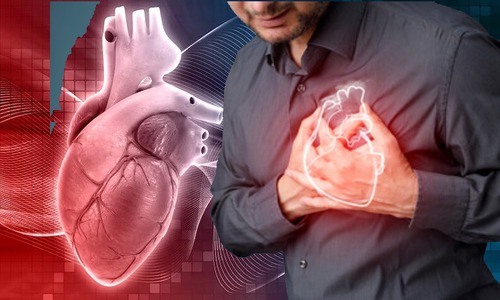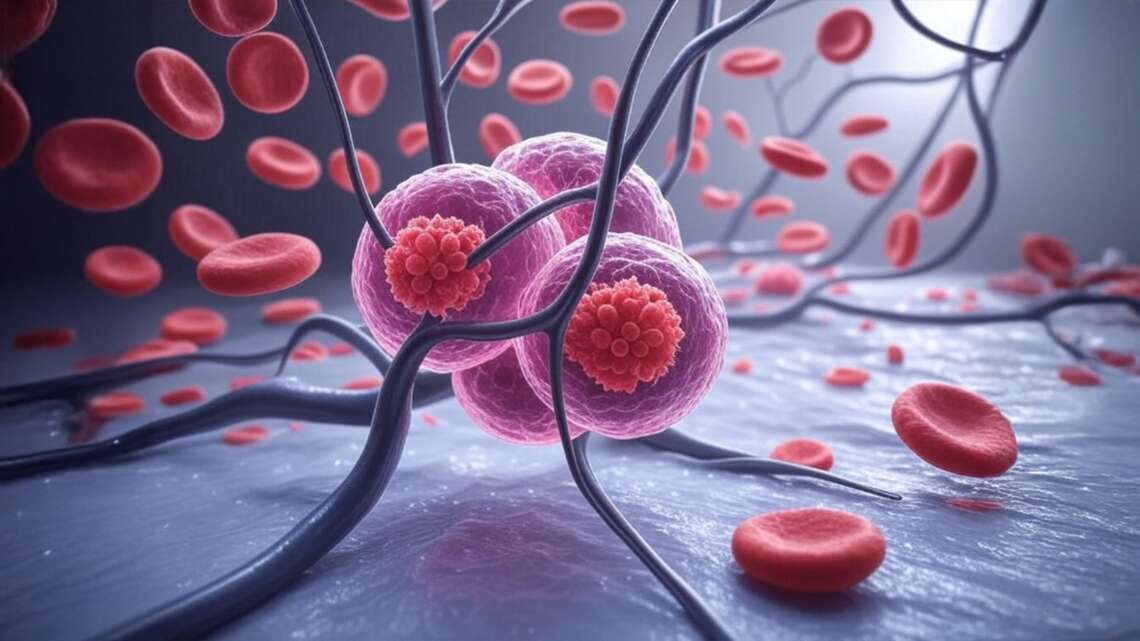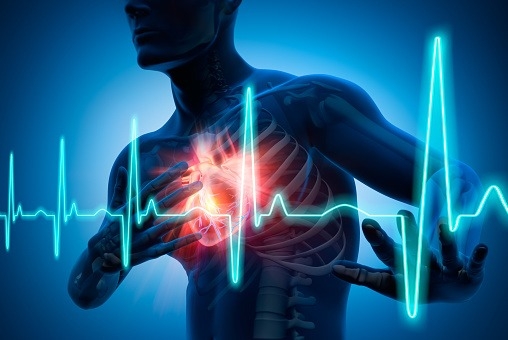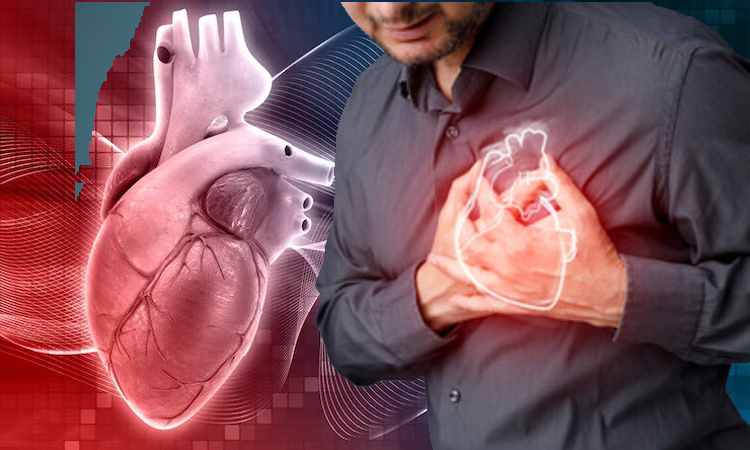Sudden cardiac death, which occurs when the heart unexpectedly stops beating, is responsible for more than 5 million deaths globally each year
Artificial intelligence (AI) is advancing in ways that could transform healthcare, particularly in the realm of preventing sudden cardiac death. One such breakthrough involves AI’s ability to identify patients at risk of serious arrhythmias that can lead to fatal cardiac arrest. This capability is the result of a new study to be published in the European Heart Journal, which reveals how AI can be used to detect heart rhythm disorders in patients before they lead to sudden death.
The study, conducted by researchers from Inserm, Paris Cite University, and the Paris public hospitals group (AP-HP), in collaboration with colleagues in the United States, developed a network of artificial neurons that mimics the human brain. This network was designed to analyze electrocardiograms (ECGs) collected from over 240,000 patients across multiple countries, including the United States, France, the United Kingdom, South Africa, India, and Czechia. The results of this research are groundbreaking, as the AI model demonstrated an impressive ability to identify patients at risk of life-threatening arrhythmias, which could lead to cardiac arrest within the next two weeks, in over 70% of cases.
Sudden cardiac death, which occurs when the heart unexpectedly stops beating, is responsible for more than 5 million deaths globally each year. It is often caused by arrhythmias, which are irregular heart rhythms that disrupt the normal functioning of the heart. While some arrhythmias are harmless, others can be fatal if left untreated, leading to sudden death. The ability to predict these dangerous arrhythmias before they result in death could save countless lives.
Dr. Laurent Fiorina, a researcher at the Paris Cardiovascular Research Centre (PARCC), explained how the team’s AI model works. By analyzing over 24 hours of heart data, the model was able to detect early electrical signs that indicate a heightened risk of arrhythmia. The AI algorithm focused on the time it takes for the heart’s ventricles to electrically contract and relax during a complete cycle. This pattern, which may seem subtle, can signal an impending arrhythmia. If detected early, the risk of progressing to cardiac arrest can be reduced through timely medical intervention.
In the study, the AI model was able to identify patients at risk of serious arrhythmias with an accuracy of 70%, while it correctly identified patients who were not at risk in 99.9% of cases. Although the model is still in the evaluation phase, its potential is immense. If refined further, it could be used to monitor patients in hospital settings, continuously assessing their heart activity and alerting medical staff if intervention is needed. The application of this technology could extend beyond hospitals, with the possibility of integrating the AI algorithm into wearable devices such as smartwatches and ambulatory Holter monitors that track heart rate and blood pressure, making heart health monitoring more accessible to the general population.
This technology could revolutionize how we approach heart disease prevention, making early detection of life-threatening arrhythmias more efficient and widespread. It represents a significant step forward in using AI not only for diagnosis but also for proactive monitoring and preventive care. The research team is now focused on conducting prospective clinical studies to test the efficacy of this model in real-world conditions, hoping to further refine the AI and demonstrate its potential in everyday medical practice.
In the future, AI could be an invaluable tool in the fight against sudden cardiac death. With its ability to analyze vast amounts of data quickly and accurately, AI could help save lives by identifying patients at risk long before a cardiac event occurs. As the technology develops and becomes more widely available, it could offer a new level of precision in diagnosing and preventing one of the leading causes of death worldwide.














